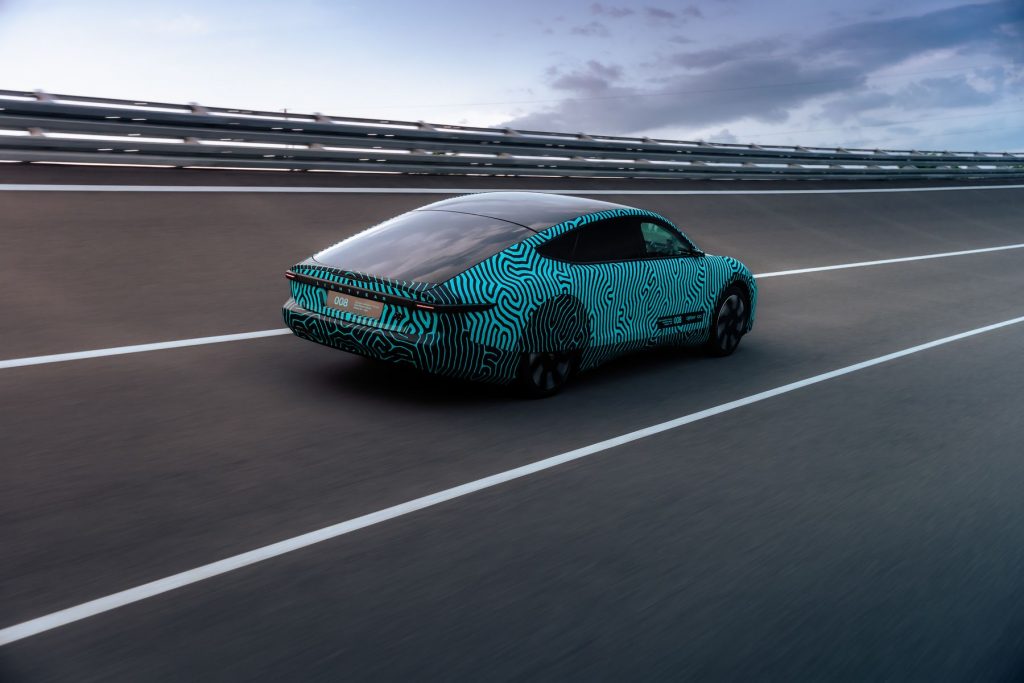Lightyear, the pioneer of solar electric vehicles, has reached a significant technological performance milestone with its Lightyear One solar electric vehicle (SEV). The company announced that it had completed 20 durability tests on the Lightyear One.
The company’s mission is to make clean transportation and deliver it all around the world. The idea of a long-range solar car has a tremendous potential to change mobility, allowing you to drive for months without needing to charge.
“Already with our first model, in the Netherlands, during the summer you can drive for months without charging when you use the car for your daily commute,” Lightyear CEO Lex Hoefsloot said in an interview.
The first model of the Lightyear has a range of over 440 miles and a power consumption of 83 Wh/km, which is three times less than any existing EV. At this speed, even the most energy-efficient electric vehicles consume approximately 50% more energy. The solar panels on the SEV’s roof allow it to charge at a rate of 12 km per hour. Many drivers, according to the company, can drive for long periods on solar power.
However, Lightyear isn’t the only company offering SEVs. Sono Motors, a German start-up, is working on a vehicle that includes 248 solar cells. In addition, Hyundai and other classic car manufacturers are developing vehicles with solar roofs, suggesting that solar can recharge up to 60%.
“There are various start-ups, including Lightyear, that are focusing on designing efficient solar cars, and the more traditional car manufacturers are also picking up on this,” Hoefsloot said.
According to Hoefsloot, the global movement to go green and clean, particularly in light of the IPCC’s latest climate change report, shows that more people consider SEVs than ever before.
“There are already various countries in Europe that want to prohibit selling ICE cars by 2030,” Hoefsloot explained. “This is great news, of course, but we do believe that we need to focus more on the transition to solar cars. Designing even more efficient solar panels would, for example, would help significantly in this transition.”
“Our goal is to deliver a car that in 15 years will make sure you only need to charge once or twice a year, for every average driver in Europe,” he added.
By dragging its SEV prototype on the road, Lightyear has managed to pass two critical milestones. First, in July, Lightyear conducted track tests, demonstrating that the prototype Lightyear One could travel 441 miles (709 kilometers) on a single battery charge. The target is to get as much range as possible from a small battery, so the battery and solar panels don’t appear too bulky.
On October 18, the company conducted a week-long session of durability tests to verify and validate all of the vehicle’s performance assumptions. Aside from the car’s technical performance, other upcoming homologation tests include crash tests and an official WLTP drive cycle test.
In the video below, the vehicle was driven over rough terrain and pothole-filled roads to demonstrate its ability to withstand real road scenarios.
Lightyear is all geared up for manufacturing Lightyear One to provide clean mobility. In the first half of 2022, an exclusive series of 946 Lightyear Ones will be manufactured. Lightyear intends to enter the mass market in 2024.

